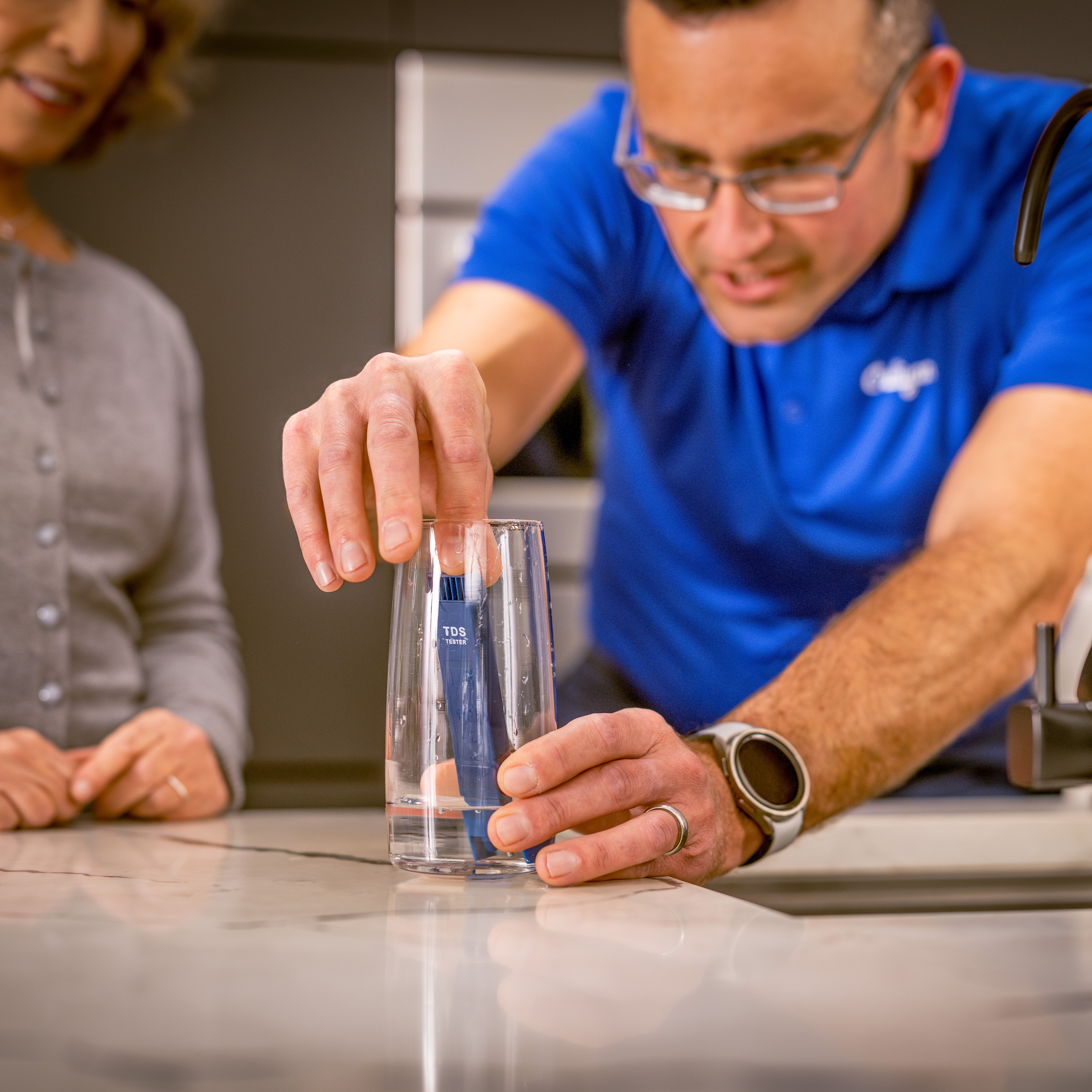
What’s wrong with my water? A three-sense guide to sorting out something amiss.

We probably all have a general sense of what water should look, smell, taste, and feel like, but sometimes it’s not always obvious when there’s something wrong with your water.
Self-Diagnosing Problem Water
While some contaminants are better at hiding than others, there are a few telltale signs that something is causing a problem with your water.
- Odor: If something smells suspicious, it probably is. Common pause-giving smells you might come across in tap water include:
- The Pool Smell: Easily identifiable from our associations with swimming pools, high chlorine levels in water are usually to blame for this olfactory affront.
- Something’s Fishy: This you-know-it-when-you-smell-it water scent (also often associated with rotten eggs) is perhaps the most unpleasant one, and is typically the nose-wrinkling result of dissolved sulfur not so subtly stowing away in your water supply.
- A Little Too Natural: We all want our water to be fresh from the source, but sometimes there can be too much of a good thing. If water smells earthy, grassy, musty, or moldy, there’s a good chance bacteria could be to blame.
- Anything but Nothing: A good rule of thumb is that if water smells like anything – organic, chemical, or otherwise – it’s time to call in a Culligan Man to test it and ensure it’s safe to drink.
- Taste: Not unlike the smell situation, you want water to taste like water. If it doesn’t, it’s likely you’ve got a problem – how big or small can sometimes be determined by what exactly you taste.
- The Metal Head: If you’ve ever come across the singular tinge of iron in water, it’s likely you’ll remember it. Other causes for metallic tastes can include dissolved mercury, lead, copper, manganese, zinc, or arsenic.
- Essence of Ocean: There’s a reason we react negatively to consuming salt water, so if your water has that beachy tang, it’s a possibility there may be certain kinds of bacteria and/or sulfates affecting the supply.
- Appearance: We also have certain expectations of our water’s visual quality. You should be able to see through it, for instance.
- Cloudy with a Chance of Contamination: This particular visual distraction also masquerades under the guise of turbidity. Essentially, any time your water is cloudier than you expect, and/or lingers after water is allowed to settle, that’s a sign of problem water.
- Off-Color: This may be a bit harder to tell, but if water has any sort of hue to it, you’ll want to get a water test. You might also notice colors left behind by water in the form of rust-colored stains around drains and fixtures.
The way water looks, tastes, and smells is often a product of location and geography. To read more about the qualities of water near where you live, explore our state-by-state problemwater resources.
Related Articles
Does Boiling Water Kill Bacteria?
9 min read
What is TDS?
10 min read
TCE in Water: What You Need to Know
7 min read
Find A Location Near Me

Schedule Your Free
In-Home Water Test
Get better water in your home by scheduling an appointment with your local Culligan Water Expert.
Discover More
See All Articles
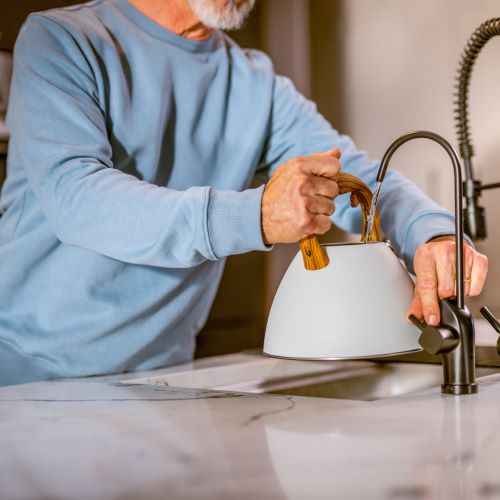
Does Boiling Water Kill Bacteria?
Here’s what to know about this water treatment method and when to use it.
9 min read

Explore

Explore
Our Products
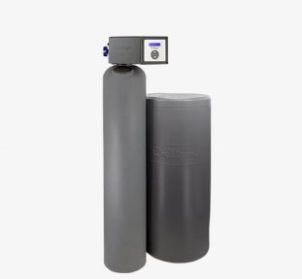
Water Softeners
With any of our soft water systems, get more out of your water-using appliances while spending less on energy and detergent.
View Products
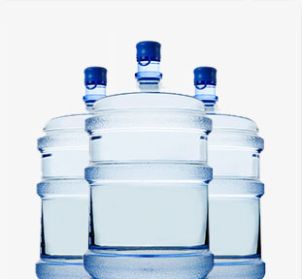
Water Delivery
There’s never been a better time to enjoy the convenience of scheduled bottled water deliveries from the Culligan® Water Experts
View Products
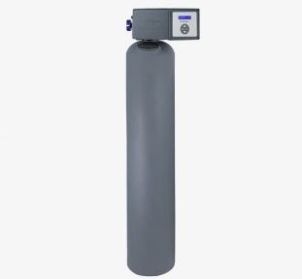
Water Filtration Systems
Culligan's water filtration systems have improved water quality for thousands of families worldwide.
View Products
